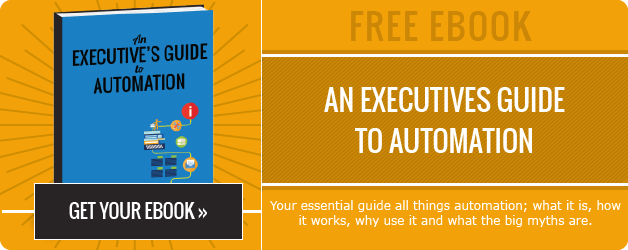The best way to avoid bad debt is to adhere to a simple yet fundamental collections practice - keep the account good. But exactly how to do this is a challenge that businesses face on a daily basis.
So if you're wondering, "How do I set up an effective collections process?" We can help. We've combined some of the most successful strategies we've seen with advice from our own Financial Manager, Nadine Wong Ho, to build the following 3 key elements.
1. A Good Quality Customer Database, Ready for Analysis and Report Generation
Rubbish in, Rubbish out. You will only be able to have a meaningful understanding of your business’s financial position if the information you’re analysing is relevant, accurate and complete. This makes a good quality database the most essential part of your collections process.
You need to be able to generate (at least) the following types of reports:
- Who has been invoiced and when
- Age Analysis: How much debt is outstanding and how long the debt has been outstanding for (This will help you to determine what percentage of debt may be unrecoverable)
Another important piece of information you should be able to draw from your database is where in the collections process a particular debtor is at a specific point in time. For example, have they been sent their first reminder, second reminder, or have they been handed over to the attorneys.
2. Access to the Right Payment Reminder Tools (email, voice, web message, sms/text)
"To the man who only has a hammer, everything he encounters begins to
look like a nail."
― Abraham Maslow
Having the right tool for the job really goes a long way. When trying to remind people to pay their outstanding debt on time, a subtle reminder, through a variety of convenient channels, can make the world of difference. Especially if you can automate those channels.
Emails, text, web messaging and even voice messages can be set up to automatically (or by a click of a button), send payment reminders to your customers. These notifications or reminders can be scheduled to be sent out at predefined intervals.
Another benefit to automating these reminders is that the system can notify you when to send them out - removing one more item from your to-do list. (Here are some more financial time saving tips)
3. Having a Clear Invoice that Highlights Payment Due Dates and Methods of Payment
Ever received an invoice where the only thing that’s clear is that you owe someone some money? You’re not entirely sure how much you owe or how to pay it, but you owe money. Yes, we’ve all had at least one of those.
Don't be that company.
If it’s hard work to pay you, it’s highly likely your debtor just won’t. In fact, they’ll probably just wait for you to start chasing them and then yell in frustration.
Deliver your invoices in a well laid out structure; one that is clear and easy-to-read. It should include all of the following:
-
Itemised billing with a short and simple description next to each item so it's clear what your customer is paying for and how much each component costs
-
A very clear grand total at the bottom of the invoice (bottom right hand corner is where people traditionally expect to see a grand total number)
-
A selection of payment methods with detailed descriptions of what is required for each. For example, if paying by EFT, you should include what payment reference to use
-
[Bonus] A statement component. Here's more detail about how using statement can help reduce bad debt, but the bottom line is that a statement is a rolling view of a customer's account. It gives an overview on an account’s history and ageing. It shows the total balance outstanding, recent invoices, payments and other financial transactions. Including this information helps customers manage their payments accordingly.
Each of the above elements should be considered as part of your overall collections process to help you minimise your business’s bad debt.
Let us know in the comment if there are any other elements you've used that work wonders.








Comment